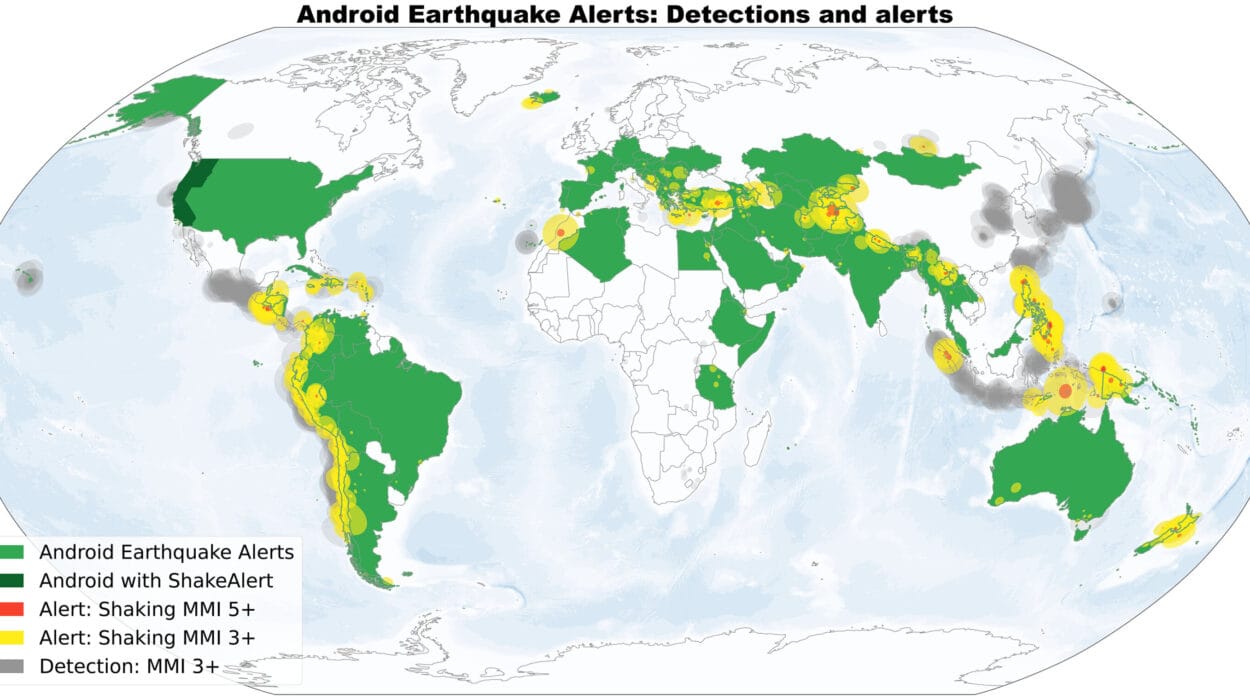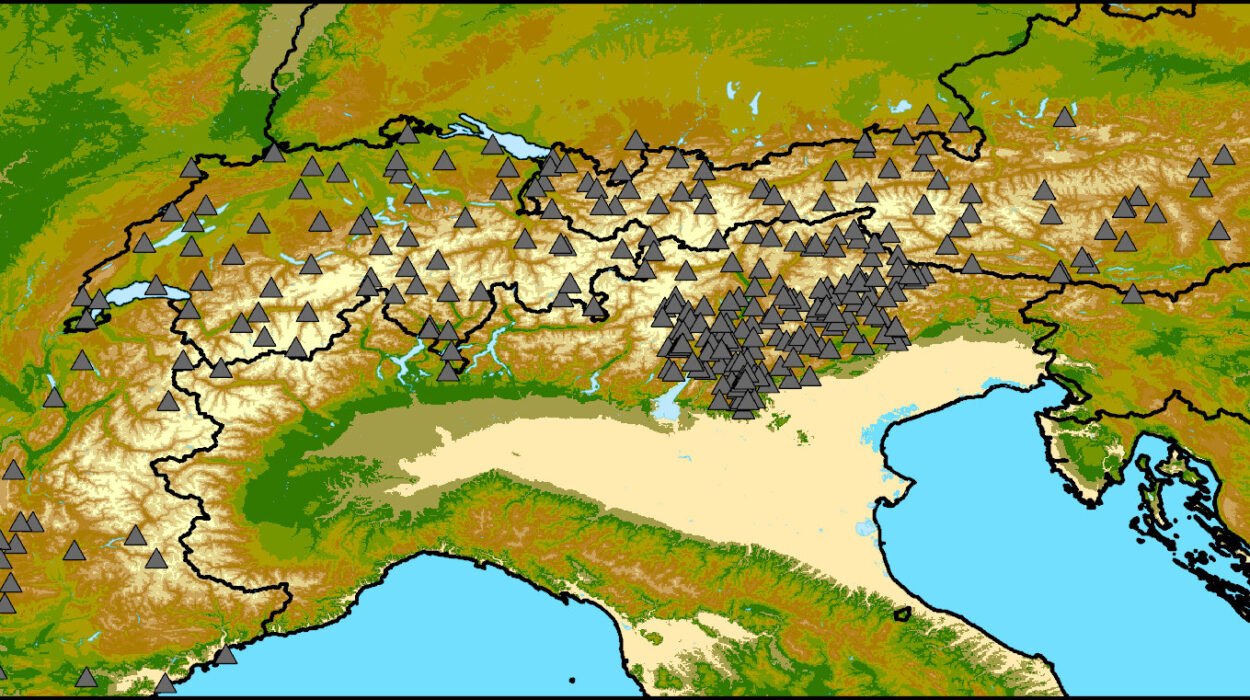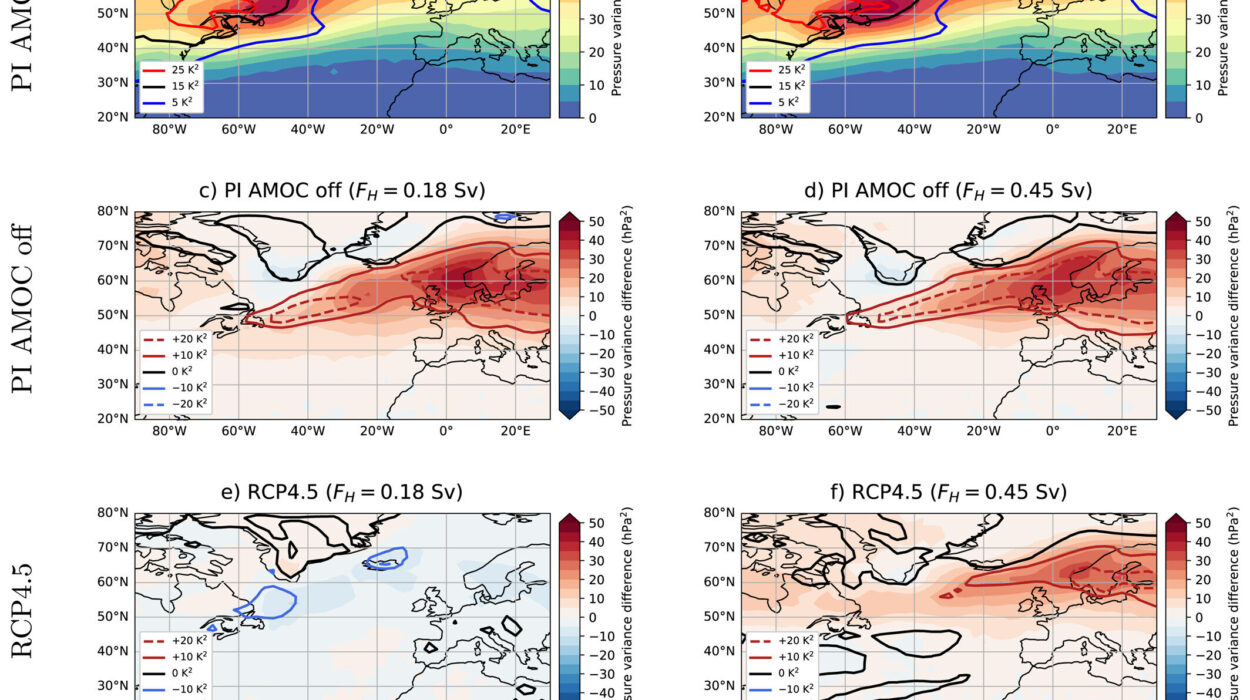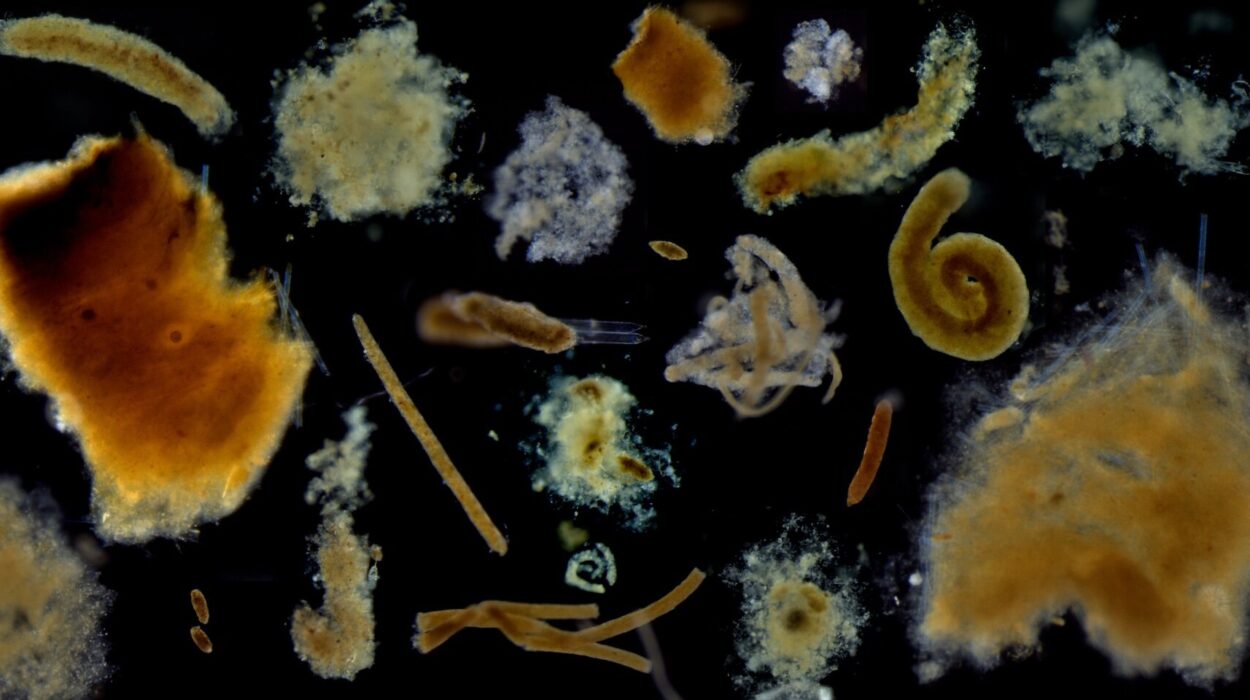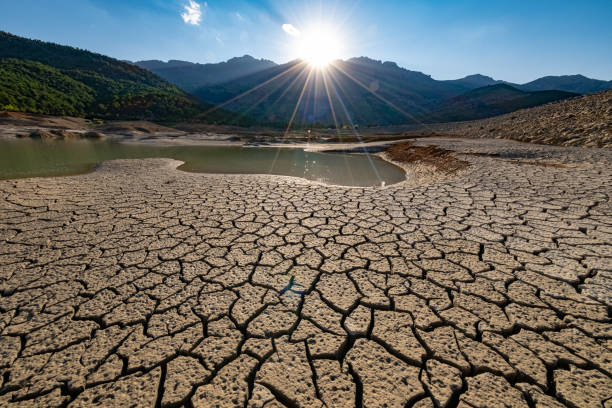People living in areas with limited access to air conditioning (AC) may face an increased risk of emergency health care needs, particularly during exposure to wildfire smoke, according to a study conducted by the Boston University School of Public Health (BUSPH). This critical research, which highlights a previously underexamined link between air conditioning access and the adverse health impacts of wildfire smoke, was posted online ahead of its formal publication in the Environmental Research: Health journal.
The study analyzed healthcare data from California between 2012 and 2019, focusing specifically on the effects of fine particulate matter (PM2.5) produced by wildfires. Wildfire seasons in California, which last from May to November, have become increasingly longer and more intense, partly due to climate change. This study found that the presence of air conditioning in homes appears to play a vital role in protecting individuals from the detrimental effects of airborne pollutants linked to wildfires.
Wildfire smoke consists of various harmful pollutants, including fine particulate matter (PM2.5), which can travel long distances, often reaching areas hundreds of miles away from the wildfire’s origin. For individuals exposed to this type of pollution, there is an increased likelihood of needing medical attention, especially for respiratory issues. The study showed that wildfire smoke exposure contributed to an uptick in emergency department visits for respiratory conditions, although it was not directly associated with an increase in cardiovascular conditions. Interestingly, the risk was particularly prominent in areas with fewer air conditioning options.
For individuals with respiratory issues or vulnerable groups, such as children, the elderly, and people with preexisting health conditions, PM2.5 exposure can significantly worsen health problems. While air conditioning can provide some degree of protection by filtering out particulate matter from indoor air, not everyone has access to effective AC systems. According to Dr. Jennifer Stowell, the study’s lead author and a research scientist at BUSPH, those living in areas with limited access to air conditioning experienced a 22% higher risk of seeking emergency care for respiratory issues when exposed to wildfire smoke compared to those in regions where air conditioning was more prevalent.
The study involved more than 50,000 emergency department visits during California’s wildfire seasons, and it assessed not only the overall health effects of exposure to PM2.5 but also the differing impacts based on age, race, and access to cooling systems. The research revealed that the health risks associated with wildfire smoke exposure were higher in children under 10, adults aged 20-74, and especially in Black communities, although White, Hispanic, and Asian/Pacific Islander populations also showed increased vulnerability.
The findings underscore how critical it is to bridge the access gap for cooling systems as the frequency and intensity of wildfires continue to grow due to climate change. In areas such as Los Angeles County, wildfires like the Palisades fire, which started in early January 2025, have further exacerbated the risk to residents. The situation in Southern California highlights the need for preventative health measures, including increasing public awareness about how air conditioners can potentially reduce exposure to harmful smoke pollutants.
As California experiences increasingly severe wildfires, many researchers and public health experts have warned that air quality in the state will continue to worsen. However, very little research has focused on the implications of different levels of access to air conditioning systems as a potential protective factor. Dr. Stowell emphasized the need for further studies that could better characterize and improve access to air conditioning in vulnerable communities. Given the prevalence of wildfires in the Wildland-Urban Interface (WUI)—regions where homes and human activity are in close contact with dry fuels—Dr. Stowell noted that examining air conditioning as a means of reducing smoke-related health risks is more urgent than ever.
Beyond merely providing a cooling effect, air conditioning systems, depending on the filters used, may play a role in removing fine particulate matter from indoor air. However, as Dr. Stowell pointed out, not all air conditioning systems are created equal. Air conditioners equipped with HEPA (high-efficiency particulate air) filters are generally the most effective at removing particles smaller than 0.3 microns, including those found in wildfire smoke. Unfortunately, HEPA filters are costly and may not be readily available to everyone. On the other hand, more affordable systems may use less effective filters, such as fiberglass filters, which don’t capture the smaller particles that contribute to health risks associated with wildfire smoke.
Research indicates that air conditioners with Minimum Efficiency Reporting Value (MERV) ratings of 7 or higher are also quite effective at filtering particulate matter. However, systems of this quality can be expensive to install and maintain. These findings suggest that greater attention should be paid to the economic disparities that determine who has access to advanced air filtering systems and who is left vulnerable. Particularly for marginalized and low-income populations in wildfire-prone areas, policymakers should prioritize access to air conditioning as an important health measure. Dr. Stowell proposed that governments need to implement policies that educate the public about air filter types, MERV ratings, and the potential benefits of certain air conditioning units in reducing wildfire smoke exposure.
The study’s results suggest that policymakers could do much to reduce health disparities caused by wildfires by focusing on improving access to cooling systems, especially for low-income groups and communities of color. By addressing the physical infrastructure of air conditioning access and increasing public education, health risks from wildfire exposure could potentially be minimized.
As climate change continues to fuel longer wildfire seasons and more unpredictable fire events, researchers agree that preparedness measures must include strategies to combat the dangers posed by wildfire smoke. In addition to ensuring wider access to air conditioning, governmental bodies should consider offering economic assistance to help residents in smoke-prone areas invest in air purification systems and healthier living environments. By coupling these efforts with targeted outreach to educate the public on safe practices during wildfire seasons, communities can become more resilient to the mounting health threats posed by the growing frequency of wildfires.
Public health experts, including the study’s senior author Dr. Gregory Wellenius, who serves as a professor of environmental health and director of the Center for Climate and Health at BUSPH, stress that both preemptive planning and quick response during wildfire events are key. Moreover, as researchers like Dr. Stowell highlight, identifying solutions to the barriers that prevent low-income families from accessing cooling systems, whether through financial aid or public health campaigns, will play an essential role in reducing the risk of adverse health effects linked to wildfire smoke.
As the wildfires of the 2025 season and beyond continue to test California’s response strategies, the health implications outlined in this study could shape future policies aimed at protecting vulnerable populations. Emergency plans must account not just for the immediate dangers posed by fire but also the long-term air quality effects on public health. Understanding how disparities in access to cooling devices like air conditioning play into these risks will be vital in shaping the response to these increasingly frequent environmental threats.
Through collaboration between researchers, public health officials, and policymakers, the intersection of climate change, wildfires, and health will hopefully find solutions that mitigate damage and build stronger, more resilient communities. The study serves as a poignant reminder that wildfire-related health threats do not solely arise from the flames but also from the smoke that drifts through the air—requiring both urgent action and strategic planning to minimize harm in the future.
Reference: Jennifer D Stowell et al, Emergency department visits in California associated with wildfire PM2.5: differing risk across individuals and communities, Environmental Research: Health (2024). DOI: 10.1088/2752-5309/ad976d

